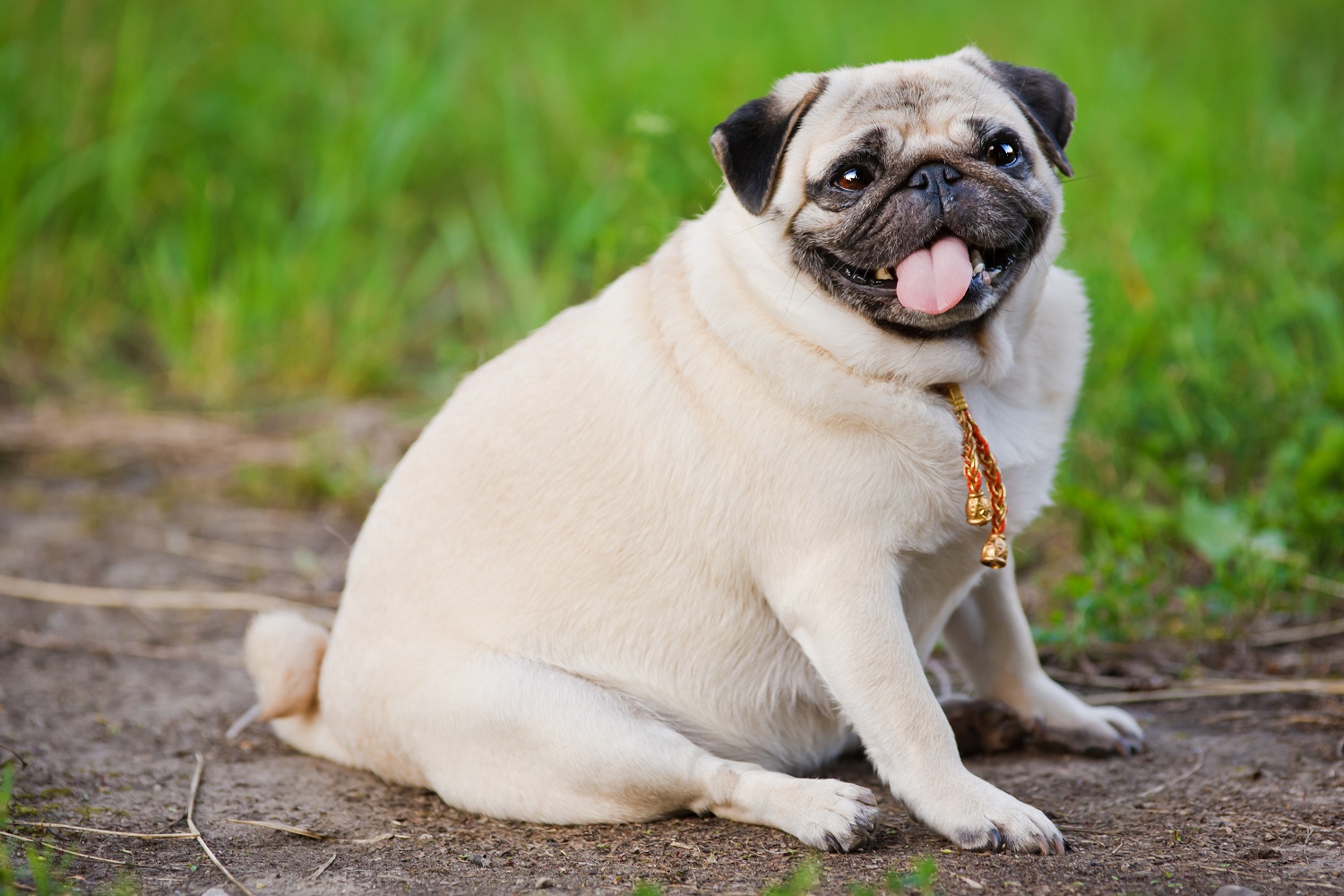Pet Obesity on the Rise for Sixth Straight Year
Pet Age Staff //January 4, 2017//
One of America’s most common New Year’s resolutions is to lose weight, and statistics show that pet owners should share that goal with their dogs and cats. Data from Nationwide, the nation’s first and largest provider of pet health insurance, reveals that pet obesity is on the rise for the sixth straight year. In 2015, Nationwide members filed 1.3 million pet insurance claims for conditions and diseases related to pet obesity, equaling a sum of more than $60 million in veterinary expenses. The boost in total obesity-related claims signifies a 23 percent growth over the last three years.
Similar to their human counterparts, excessive body fat increases the risk of preventable health issues and may shorten the life expectancy of dogs and cats. Nationwide recently sorted through its database of more than 585,000 insured pets to determine the top 10 dog and cat obesity-related conditions. Below are the results:
| Most Common Dog Obesity-Related Conditions | Most Common Cat Obesity-Related Conditions |
| 1. Arthritis | 1. Bladder/Urinary Tract Disease |
| 2. Bladder/Urinary Tract Disease | 2. Chronic Kidney Disease |
| 3. Low Thyroid Hormone Production | 3. Diabetes |
| 4. Liver Disease | 4. Asthma |
| 5. Torn Knee Ligaments | 5. Liver Disease |
| 6. Diabetes | 6. Arthritis |
| 7. Diseased Disc in the Spine | 7. High Blood Pressure |
| 8. Chronic Kidney Disease | 8. Heart Failure |
| 9. Heart Failure | 9. Gall Bladder Disorder |
| 10. Fatty Growth | 10. Immobility of Spine |
“Obesity can be detrimental to the livelihood of our pets,” said Carol McConnell, DVM, MBA, vice president and chief veterinary medical officer for Nationwide. “Pet owners need to be aware of the quality and amount of food or treats they give their furry family members. The New Year presents a perfect opportunity to create regular exercise routines for our pets and begin to effectively manage their eating habits to avoid excess weight gain. Scheduling routine wellness exams with your veterinarian is the most effective way to get started on monitoring your pet’s weight, particularly for cats.”
In 2015, Nationwide received more than 49,000 pet insurance claims for arthritis in canines, the most common disease aggravated by excessive weight, which carried an average treatment fee of $295 per pet. With more than 5,000 pet insurance claims, bladder or urinary tract disease was the most common obesity-related condition in cats, which had an average claim amount of $442 per pet.
Below are simple steps you can take to help regulate your pet’s weight:
- Avoid feeding your pet table scraps.
- Keep a consistent diet by monitoring the amount of food you give your pet.
- Regulate the amount of treats you give your pet.
- Establish a healthy and fun exercise schedule.
*Consult your veterinarian to best determine your pet’s weight loss protocol.



















